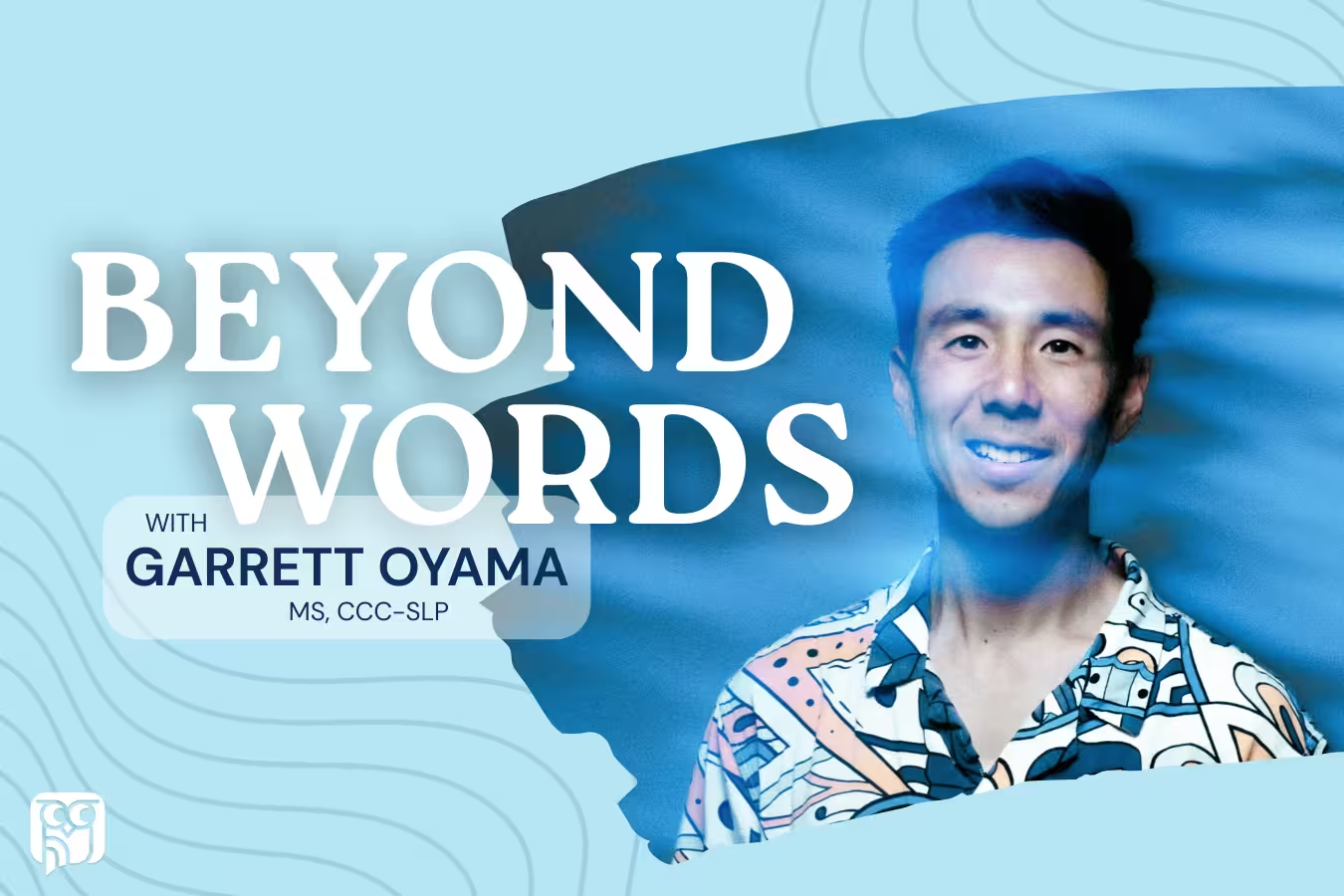In this episode of Beyond Words, host Garrett is joined by Dr. Edward (Ted) Gibson, PhD, a cognitive scientist, linguist, and MIT professor whose research is reshaping how we understand language.
While many SLPs are trained to think of language in terms of rules, structures, and developmental milestones, Dr. Gibson presents a compelling alternative: that language is, at its core, a communication system shaped by our cognitive limitations and the need to share meaning efficiently.
Together, they explore Dr. Gibson’s work on linguistic efficiency, dependency length minimization, and cross-linguistic patterns, revealing how language is shaped by factors like memory, processing ease, and clarity of communication.
These insights have big implications for speech therapy. What if some of the “errors” or “delays” we see in language development are actually communicatively effective adaptations? And what if certain syntactic forms are harder to process not because a child is disordered, but because they are inherently more complex for the human brain?
The conversation also touches on Dr. Gibson’s fieldwork with the Pirahã and Tsimane’ peoples, offering a fascinating look at how culture and environment shape language—and what that might mean for working with multilingual or culturally diverse clients.
While many SLPs are trained to think of language in terms of rules, structures, and developmental milestones, Dr. Gibson presents a compelling alternative: that language is, at its core, a communication system shaped by our cognitive limitations and the need to share meaning efficiently.
Together, they explore Dr. Gibson’s work on linguistic efficiency, dependency length minimization, and cross-linguistic patterns, revealing how language is shaped by factors like memory, processing ease, and clarity of communication.
These insights have big implications for speech therapy. What if some of the “errors” or “delays” we see in language development are actually communicatively effective adaptations? And what if certain syntactic forms are harder to process not because a child is disordered, but because they are inherently more complex for the human brain?
The conversation also touches on Dr. Gibson’s fieldwork with the Pirahã and Tsimane’ peoples, offering a fascinating look at how culture and environment shape language—and what that might mean for working with multilingual or culturally diverse clients.


















